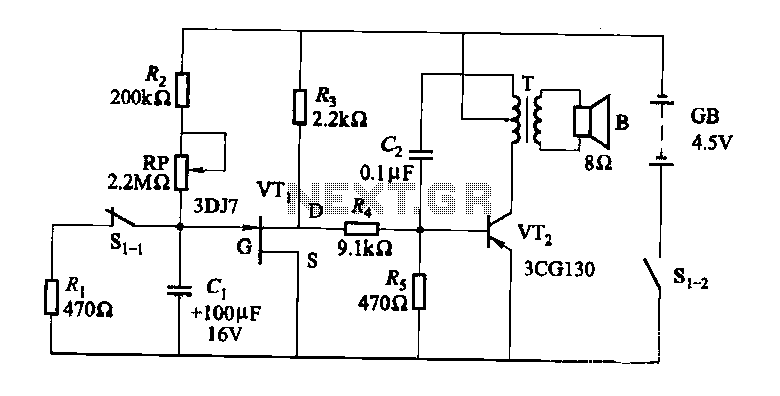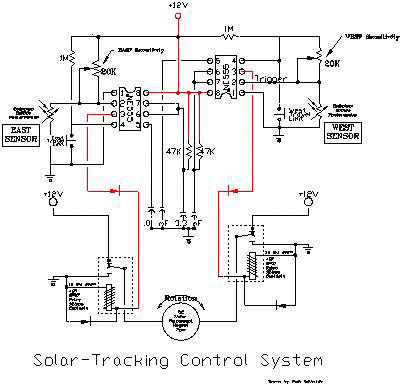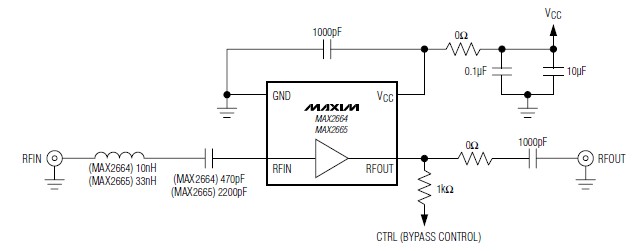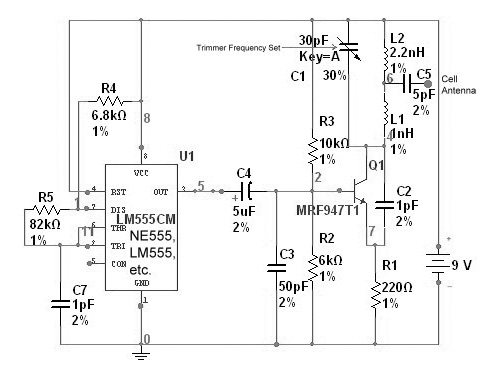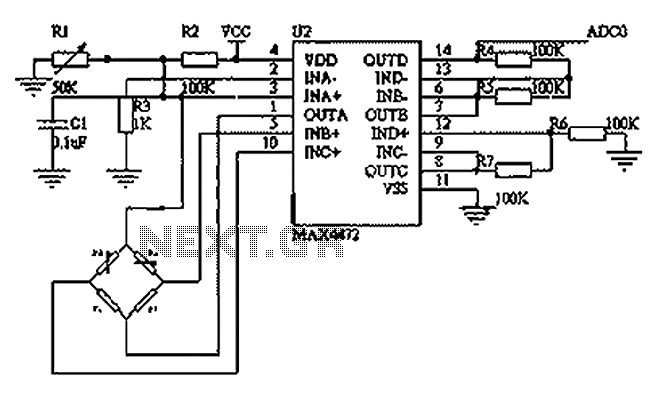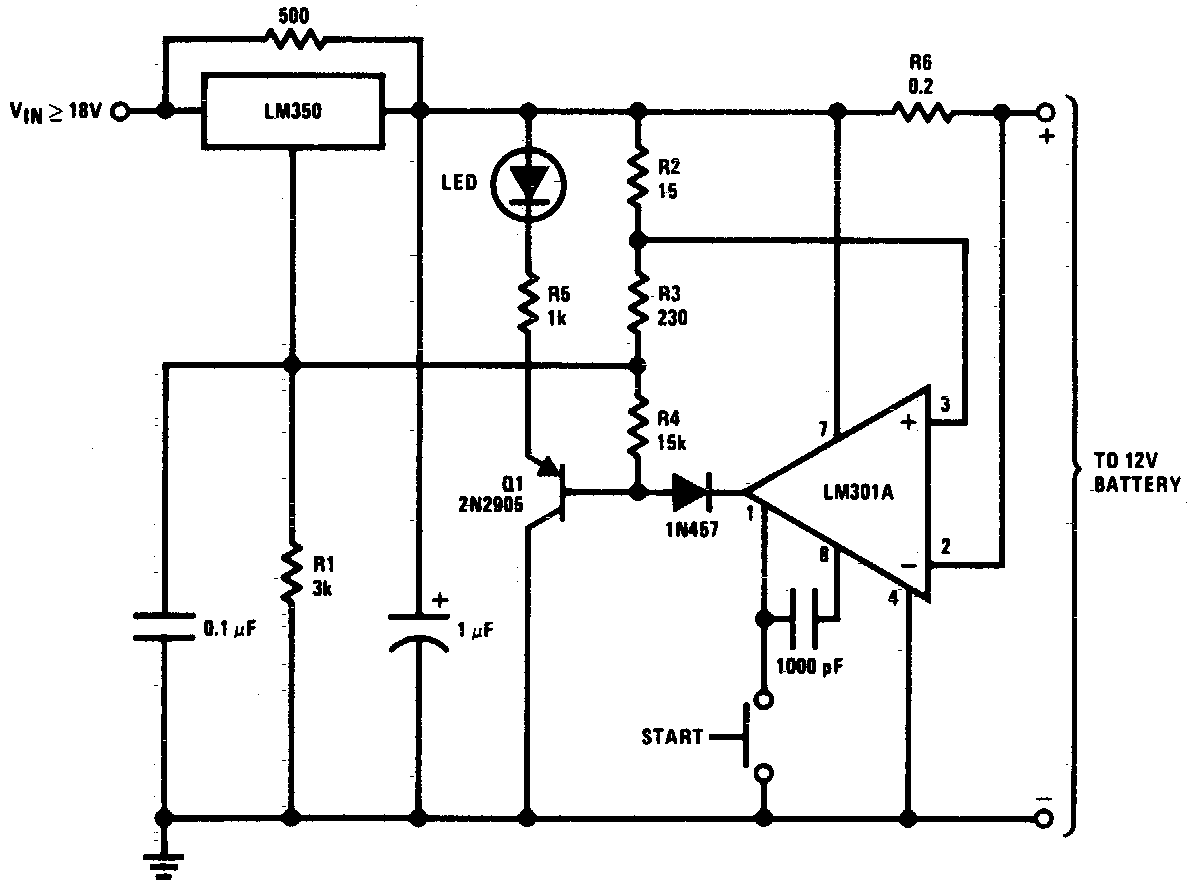
M5227 five-band equalizer circuit
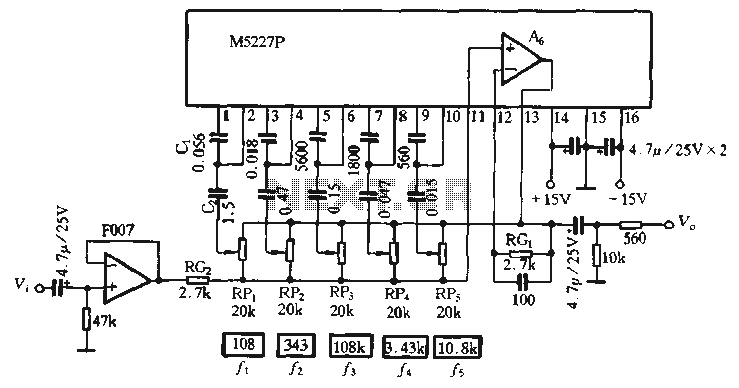
The M5227P is an application circuit designed for a graphic equalizer. Its control curve operates on a logarithmic frequency axis to represent the rate, requiring the same control curve pitch to ensure that all bands achieve maximum lift or total frequency attenuation response evenly. To meet the requirements of the displayed rate axis, the center frequency of each control segment is selected based on octave intervals. Additionally, to minimize interaction between adjacent control bands, a large Q value is implemented, while maintaining a zero value for each band. This circuit features a five-band equalizer with center frequencies chosen according to a three-decade process: 108 Hz, 343 Hz, 1.08 kHz, 3.43 kHz, and 10.8 kHz, utilizing a 1.8 to 1.5 ratio. In this circuit, RGl and RChih resistances determine the maximum lift and attenuation levels for each band; increasing the resistance enhances both lift and attenuation. The feed circuit provides a 12 dB increase, with attenuation values specified by the manufacturer. RGl and RChih are selected at 2.7 kΩ to maintain a higher input impedance, supplemented by a voltage follower at the input. Each frequency response curve is controlled by an integrated circuit.
The M5227P graphic equalizer circuit is structured to optimize audio signal processing by providing precise control over frequency bands. The logarithmic frequency axis allows for a more natural adjustment of audio levels, reflecting human hearing perception more accurately. Each of the five bands is centered at specific frequencies, allowing for targeted adjustments that can enhance or attenuate specific ranges of sound, thereby improving audio clarity and balance.
The use of octave selection for the center frequencies ensures that the equalizer can effectively manage the audio spectrum, allowing for broad adjustments across low, mid, and high frequencies. The large Q value facilitates a sharper response for each band, which is critical in minimizing overlap and interaction between adjacent bands. This characteristic helps maintain the integrity of the audio signal, preventing unwanted frequency bleed that could muddy the overall sound.
The resistances RGl and RChih play a crucial role in defining the equalization characteristics. By adjusting these resistances, the designer can tailor the equalizer's response to meet specific audio requirements, whether for live sound reinforcement or studio applications. The choice of a 2.7 kΩ value for these resistances is a design decision aimed at balancing input impedance and signal fidelity, ensuring that the equalizer can interface effectively with various audio sources without introducing distortion or loss of signal quality.
Overall, the M5227P circuit exemplifies a sophisticated approach to audio equalization, combining technical precision with practical usability, making it a valuable tool for audio engineers and sound designers seeking to refine their audio output.M5227P is the application circuit, for graphic equalizer, its control curve is always logarithmic frequency axis to represent rate, and require the same control curve pitch equal to ensure that the band is all in the maximum lift or total frequency attenuation response curve more evenly. In order to adapt to the requirements of the amount shown rate axis, the center frequency of each control segment rate shall octave selection. Meanwhile, in order to ensure that the adjacent control the interaction between the minimum band, the band have taken a large Q value and keep the band take the same zero value.
The circuit is a five-band equalizer, the center of the control section according to the frequency of three times the decadent process selection, namely: 108Hz, 343 H, 1.08kHz, 3.43kHz, 10,8kHz, take ' 1,8 a 1-5- value. In the circuit, RGl, R Chih resistance is mourning the band set the maximum lift amount and the amount of attenuation, the greater the resistance of each band promotion and also increases the amount of attenuation.
The feed circuit with 12dB increase, the amount of attenuation provided by the manufacturer according to the technical parameters, RGl, Rca were selected 2.7kflo Because the smaller the value, in order to increase the input impedance of the circuit at the input plus one level voltage follower. Each frequency response curve control integrated
The M5227P graphic equalizer circuit is structured to optimize audio signal processing by providing precise control over frequency bands. The logarithmic frequency axis allows for a more natural adjustment of audio levels, reflecting human hearing perception more accurately. Each of the five bands is centered at specific frequencies, allowing for targeted adjustments that can enhance or attenuate specific ranges of sound, thereby improving audio clarity and balance.
The use of octave selection for the center frequencies ensures that the equalizer can effectively manage the audio spectrum, allowing for broad adjustments across low, mid, and high frequencies. The large Q value facilitates a sharper response for each band, which is critical in minimizing overlap and interaction between adjacent bands. This characteristic helps maintain the integrity of the audio signal, preventing unwanted frequency bleed that could muddy the overall sound.
The resistances RGl and RChih play a crucial role in defining the equalization characteristics. By adjusting these resistances, the designer can tailor the equalizer's response to meet specific audio requirements, whether for live sound reinforcement or studio applications. The choice of a 2.7 kΩ value for these resistances is a design decision aimed at balancing input impedance and signal fidelity, ensuring that the equalizer can interface effectively with various audio sources without introducing distortion or loss of signal quality.
Overall, the M5227P circuit exemplifies a sophisticated approach to audio equalization, combining technical precision with practical usability, making it a valuable tool for audio engineers and sound designers seeking to refine their audio output.M5227P is the application circuit, for graphic equalizer, its control curve is always logarithmic frequency axis to represent rate, and require the same control curve pitch equal to ensure that the band is all in the maximum lift or total frequency attenuation response curve more evenly. In order to adapt to the requirements of the amount shown rate axis, the center frequency of each control segment rate shall octave selection. Meanwhile, in order to ensure that the adjacent control the interaction between the minimum band, the band have taken a large Q value and keep the band take the same zero value.
The circuit is a five-band equalizer, the center of the control section according to the frequency of three times the decadent process selection, namely: 108Hz, 343 H, 1.08kHz, 3.43kHz, 10,8kHz, take ' 1,8 a 1-5- value. In the circuit, RGl, R Chih resistance is mourning the band set the maximum lift amount and the amount of attenuation, the greater the resistance of each band promotion and also increases the amount of attenuation.
The feed circuit with 12dB increase, the amount of attenuation provided by the manufacturer according to the technical parameters, RGl, Rca were selected 2.7kflo Because the smaller the value, in order to increase the input impedance of the circuit at the input plus one level voltage follower. Each frequency response curve control integrated
